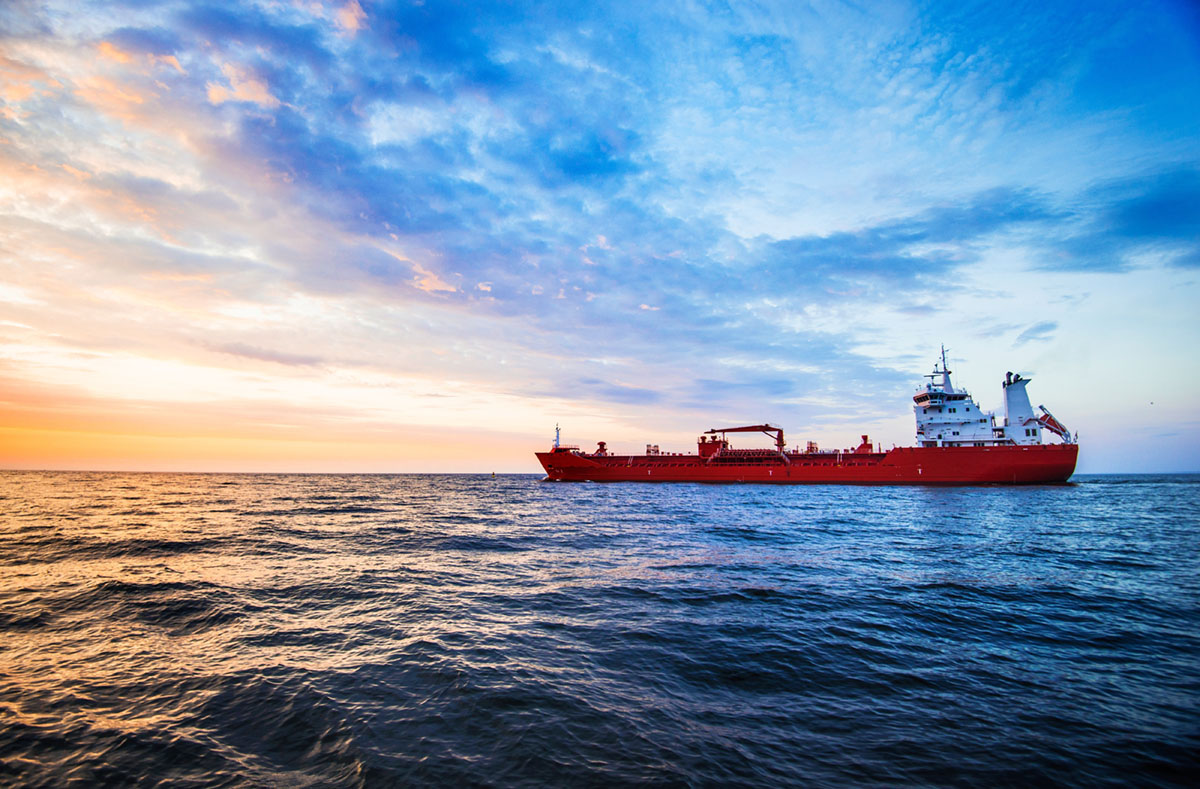EEXI FAQs
All questions below were asked in our CII webinar
Regulatory
You can find all of the questions that our teams are asked regarding the regulatory IMO changes to MARPOL Annex VI, that come into effect from 1st January 2023.
From January the 1st 2023, all vessels larger than 400GT to which MARPOL Annex VI applies, will be required to calculate their EEXI (Known as the “Attained EEXI”), and ensure it is below the “Required EEXI” based on the vessel type and size. This will be required by the vessel’s first annual, intermediate or renewal date of the Air Pollution Prevention Certificate, after the 1st of January 2023.
Non-Compliant vessels are likely to be subject to detentions and increased scrutiny by port state authorities which may have an impact on their ability to trade, after 2023. It is also likely that other stakeholders such as banks, financial institutions, charterers and insurers will be unable to continue to support non-compliant ships which may lead to difficulties in obtaining financing, insurance cover and employment.
In practice, a vessel will be required to calculate its current EEXI, according to the calculation guidelines provided by the IMO, and ensure this is below the Required EEXI for the vessel type and size.
If the Attained EEXI is below the Required EEXI, then the vessel will be required to submit an EEXI technical file to an approved verification body, in order to have the International Energy Efficiency Certificate (IEEC) re-issued for compliance.
If the Attained EEXI as calculated is above the Required EEXI, the vessel will be required to adopt additional technologies to reduce the Attained EEXI; Examples of such technologies are: Engine Power Limiters, Hull Air Lubrication or Fuel Improvement Devices. After the installation and testing of the equipment, the Attained EEXI will be re-calculated (now below the Required EEXI) and the technical file submitted for verification.
EEXI refers to the vessel as a standalone entity, and CII applies to how it is operated by the crew. You can think of it as the difference between the MPG rating specified for a car, and the actual achieved MPG rating which is affected by the driver.

Technical
Vessels can, of course, change their EEXI score through the installation of new technologies such as engine power limiters or advanced hull lubrication. View all of the technical questions for EEXI here.

It is based on the "Reference Speed", which isthe speed of the vessel during sea trials if the trials were conducted with the vessel at the scantling draft. If not, it can be estimated from the speed at design or ballast draft. If no information is available, it is derived from a statistical mean of distribution. The power is the relative power for that speed.
Blanking the turbocharger is not currently listed as a method of limiting the power of an engine and operationally reducing the speed of the vessel out of choice will not reduce the Attained EEXI. Though it will reduce the Attained CII.
No. These are opertional measures that are not calculated as part of the EEXI calculation. However, if the vessel fits an EPL, this will reduce the Attained EEXI and the vessel will be slowed as a consequence.
Enter your content for this accordion from the side panel. Lorem ipsum dolor sit amet, consectetur adipiscing elit, sed do eiusmod tempor incididunt ut labore et dolore magna aliqua. Ut enim ad minim veniam, quis nostrud exercitation ullamco laboris nisi ut aliquip ex ea commodo consequat. Duis aute irure dolor in reprehenderit in voluptate velit esse cillum dolore eu fugiat nulla pariatur. Excepteur sint occaecat cupidatat non proident, sunt in culpa qui officia deserunt mollit anim id est laborum.
Lowering the cargo capacity, or deadweight, without any other changes will increase the Attained EEXI. Increasing the deadweight would lower the EEXI, however, the practicalities involved would make this an unlikely option for most ship owners.
No. Low sulphur fuel contains the same amount of carbon as high sulphur fuel, i.e. 3.114 tons of CO2 per tons of fuel.
The EPL is fitted to the Main Engine Governor, the device that controls the fuel and therefore load of the engine. For a mechanical governor, this would be a limiting nut or bolt fitted with an anti-tamper seal. For an electronic governor this could be a software patch with a password to prevent tampering.
Additional Resources
Given the potential costs to owners and operators, as well as the likely surge in demand for the installation of energy efficiency technologies, calculating the EXXI for each vessel is advisable as soon as possible to allow for planning and budgeting.
Try our free EEXI calculator for Bulk Carriers, Containerships, Tankers or General Cargo vessels now and see what we can do to help you remain compliant.
Alternatively, watch our 'What is EEXI?' webinar to find out exactly what the change in regulation means for your fleet, and how you can ensure your vessels are ready for the deadline on 1st January 2023. Speak to our team if you need any further assistance.

Calculate your EEXI score using our free calculator
With minimal information required, get your EEXI calculation in minutes.

